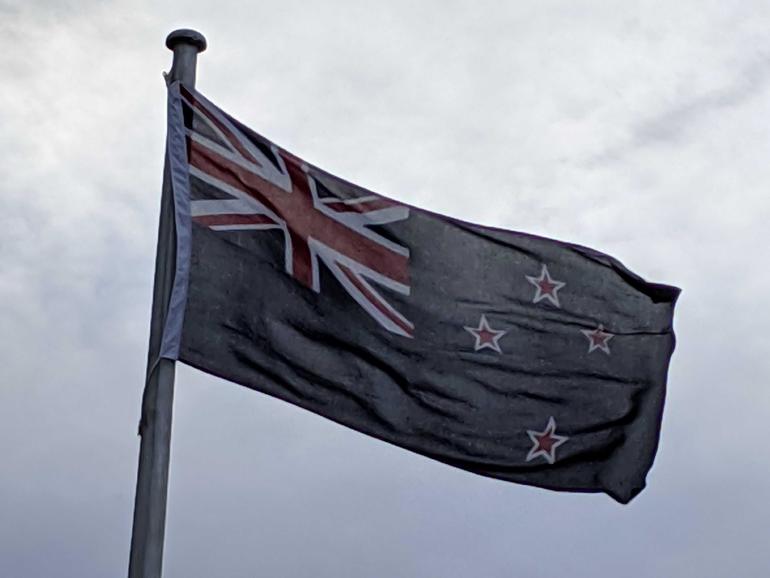New Zealand’s major telcos have committed to providing more information and tools to support consumer choice before the end of the year.
The telcos — 2degrees, Spark, and Vodafone — reached the commitment following calls from the New Zealand Commerce Commission (ComCom) in September to address transparency and inertia issues regarding retail service quality.
In that same call, ComCom also asked the New Zealand telco industry to begin work on what could eventually become a consumer data right (CDR).
ComCom requested that the telcos take steps to address these issues after amendments were made to the Telecommunications Act in 2018, which gave the commission powers to improve retail service quality, including customer service, faults, installation, contracts, product disclosure, billing, switching, service performance, speed, and availability.
These provisions also direct ComCom to monitor these factors and make that information available in a way it informs consumer choice, the regulator said.
“Last year we challenged mobile operators to make it easier for consumers to compare and choose the best plan for them. Since then, we’ve worked collaboratively to agree three key measures that will significantly improve outcomes for consumers,” telecommunications commissioner Tristan Gilbertson said.
According to ComCom, the telcos have jointly agreed to provide at least 12 months’ usage and spend information to customers; provide customers with an annual summary of their usage and spend along with a prompt to consider alternative options; and promote the development of tools to enable more effective comparison and choice for telco consumers through the nation’s Telecommunications Forum.
As part of developing the comparison tools, the telcos will also develop a prospective CDR to make it easier for customers to compare plans and providers.
The telcos will aim to implement these commitments by the end of October, they said.
ComCom added the minimum outcomes [PDF] that must arise from these commitments include: Increased usage and spend information must be provided in simple, readily understandable form; annual summaries must show whether, and to what extent, there is a gap between the data, call, and text allowances consumers have paid for and the amount of each of these services consumers have actually used; and the comparison tools initiative must be supported by appropriate resources and a detailed project plan that includes timelines, deliverables, monitoring and reporting requirements, and escalation mechanisms.
Last year, ComCom released a report [PDF] that examined mobile billing data for 80,000 New Zealanders across a 12-month period to August 2019. In the report, it revealed that 64% of those sampled did not switch mobile plans during the year, a touch over a quarter could have saved NZ$11.58 a month by moving to a cheaper mobile plan, and around 7% of consumers could have saved an average of NZ$48.65 each month.


